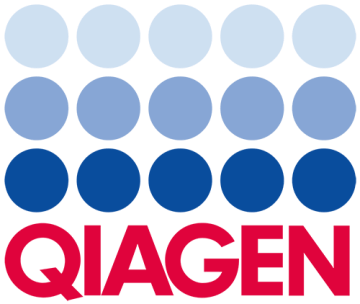BTC Gene Summary
This gene encodes a member of the epidermal growth factor (EGF) family of proteins. Alternative splicing results in multiple transcript variants, at least one of which encodes a preproprotein that is proteolytically processed to generate the secreted growth factor. A secreted form and a membrane-anchored form of this protein bind to multiple different EGF receptors. This protein promotes pancreatic cell proliferation and insulin secretion, as well as retinal vascular permeability. Mutations in this gene may be associated with type 2 diabetes in human patients. [provided by RefSeq, Nov 2015]
Details
| Type | Protein Coding |
| Official Symbol | BTC |
| Official Name | betacellulin [Source:HGNC Symbol;Acc:HGNC:1121] |
| Ensembl ID | ENSG00000174808 |
| Bio databases IDs | |
| Aliases | betacellulin |
| Synonyms | Bcn,betacellulin,betacellulin, epidermal growth factor family member |
| Species | Human, Homo sapiens |
Protein Domains
A protein domain is a distinct structural or functional region within a protein that can evolve, function, and exist independently of the rest of the protein chain. These domains often fold into stable, three-dimensional structures and are associated with specific biological functions, such as binding to DNA, other proteins, or small molecules.
- transmembrane receptor protein tyrosine kinase activator
- epidermal growth factor receptor binding
- ectodomain
- receptor agonist activity
- protein binding
- growth factor
Pathways
Biological processes and signaling networks where the BTC gene plays a role, providing insight into its function and relevance in health or disease.
Top Findings
The most significant associations for this gene, including commonly observed domains, pathway involvement, and functional highlights based on current data.
disease
- hyperplasia
- diabetes mellitus
- rheumatoid arthritis
- chronic obstructive pulmonary disease
- cardiac fibrosis
- diverticular disease
- arthritis
- hyperglycemia
- androgenic alopecia
- nephrosis
role in cell
- proliferation
- activation in
- phosphorylation in
- degradation in
- apoptosis
- internalization by
- differentiation
- survival
- cell death
- growth
Subcellular Expression
Locations within the cell where the protein is known or predicted to be active, providing insight into its function and cellular context.
- Extracellular Space
- endocytic vesicle membrane
- cellular membrane
Gene Ontology Annotations
Describes the biological processes, cellular components, and molecular functions associated with the BTC gene, providing context for its role in the cell.
biological PROCESS
Functions and activities the gene product is involved in
- cell proliferation
- ERBB4-ERBB4 signaling pathway
- positive regulation of cell division
- ERBB2-EGFR signaling pathway
- positive regulation of fibroblast proliferation
- epidermal growth factor receptor signaling pathway
- positive regulation of cell proliferation
- positive regulation of cell differentiation
- positive regulation of mitosis
- positive regulation of urine volume
cellular COMPONENT
Where in the cell the gene product is active
- extracellular space
- clathrin-coated endocytic vesicle membrane
- extracellular region
- plasma membrane
molecular FUNCTION
What the gene product does at the molecular level
- growth factor activity
- protein binding
- transmembrane receptor protein tyrosine kinase activator activity
- epidermal growth factor receptor binding
- receptor agonist activity
